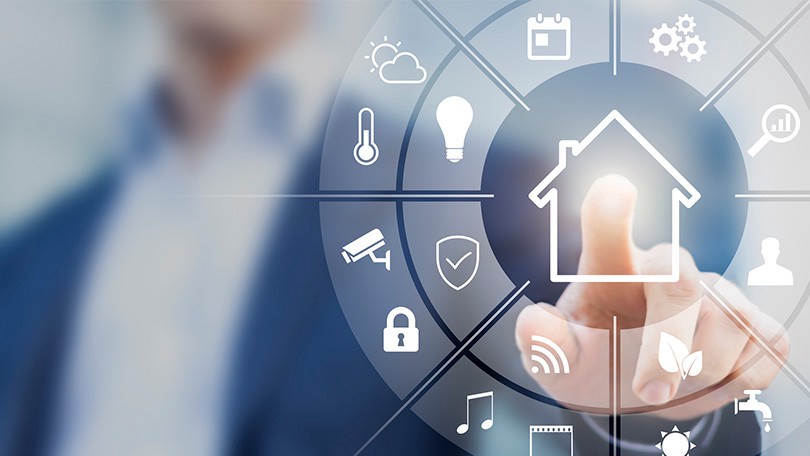In the beginning of this century, the average household had a phone in every room and when you were not at home, the answering machine could take the message. Back in these days the more devices you had, the more you went along in the digital age. However, this rule is not applicable anymore. Nowadays consumers are craving centralization— the consolidation of technology resources (Wubben, et al 2014)—and, for example, smartphones made the need for telephones in every room and answering machine unnecessary. However, a lot more is possible to look after the desire of centralization and technology is answering that call (Ross 2018).
Over the past decade, many different types of services has debuted, including tablets, smart TVs, and other smart appliances. Also the dependency of individual apps in our daily lives has increased, including those for navigation to even changing the temperature of our house. A next step in this transformation of technology is going to be the smart speaker (DeMers 2017).
Smart speakers can be seen as an a convenient way to manage daily tasks from as few devices as possible. Nowadays more people have started to embrace centralized in-home digital assistants, such as Siri, Sonos, Google Home, Alexa, which can get weather updates, set alarms, play music, etc. The most smart speakers can also synchronize with other applications and devices (Ross 2018).
Therefore the future of the smart speaker can be seen as the start of the next generation of smart homes (Ross 2018). There are many experiments for smart cooking, for example. Ultimately, the goal of kitchen technology won’t be to do the cooking for you. It will just make you a better cook. Smart ovens will be outfitted with digital thermometers and cameras, so it can help you monitor your food. Thereafter, the smart speaker will tell you when you have to take your food out of the oven.
To conclude, the smart speakers is just in its infancy, but the technology is capable of creating our next generation digital homes.
References:
DeMers, J., 2017. 7 Technology Trends That Will Dominate 2018. Available at: https://www.forbes.com/sites/jaysondemers/2017/12/30/7-technology-trends-that-will-dominate-2018/#7a70ce1a57d7 [Accessed 29 September 2018].
Paley, R.T., 2018. This Is the Smart Home of the Future. Available at: https://www.bloomberg.com/news/articles/2018-02-16/this-is-the-smart-home-of-the-future [Accessed 07 october 2018].
Ross, A., 2018. Where did all the tech go? How Digital Centralization has changed your life. Available at: https://www.linkedin.com/pulse/where-did-all-tech-go-how-digital-centralization-has-changed-ross/ [Accessed 28 September 2018].
Wubben, D., Rost, P., Bartelt, J. S., Lalam, M., Savin, V., Gorgoglione, M. & Fettweis, G., 2014. Benefits and impact of cloud computing on 5G signal processing: Flexible centralization through cloud-RAN. IEEE signal processing magazine, 31(6), 35-44.

